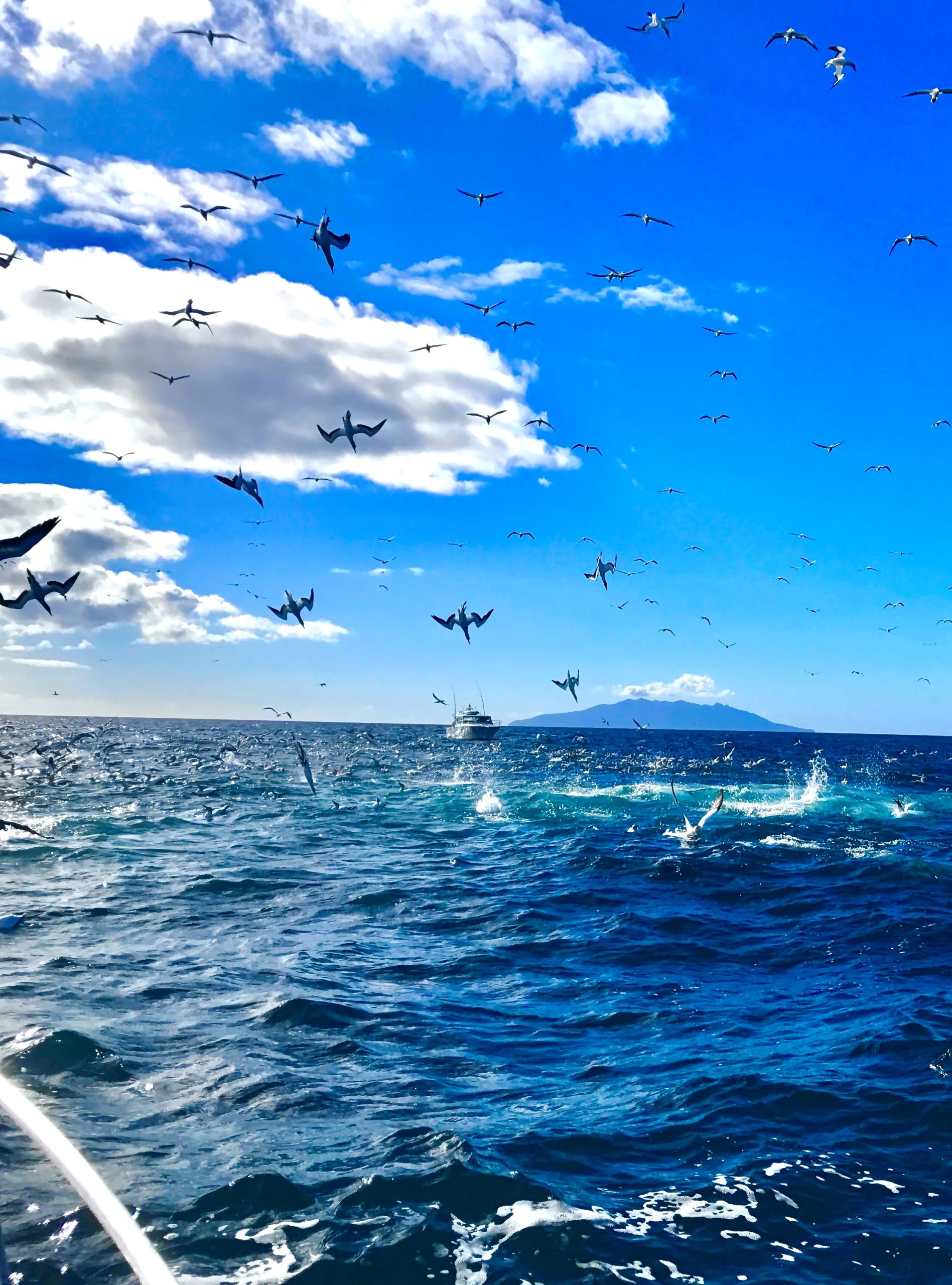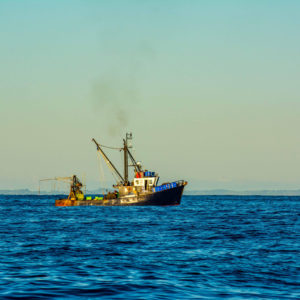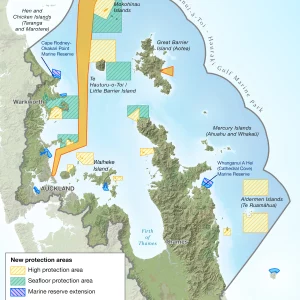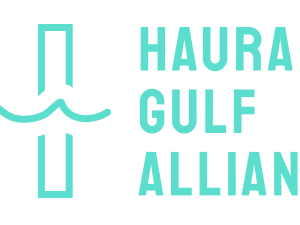The goal of marine protection is to help enhance and protect ecosystems for future generations. Our children’s children deserve to enjoy an abundant and diverse Hauraki Gulf.
Marine reserves were initially created for scientific purposes, not as a fisheries management tool. So, how can we expect them to solve depleting abundance and declining biodiversity? Effective marine protection is not a one-size fits all solution and requires a combination of tools.
Public consultation on the Hauraki Gulf/Tīkapa Moana Marine Protection Bill has finished. The Bill proposes the implementation of 19 new Marine Protected Areas, including two extensions to current marine reserves, five seafloor protected areas prohibiting bottom trawling, Danish seining and dredging, as well as 12 high protection areas – only permitting customary take.
LegaSea worked alongside the New Zealand Sport Fishing Council fisheries management team, and other organisations to develop a detailed submission by November 1.
The Bill only seeks to protect 18% of the Hauraki Gulf. This is not good enough. LegaSea proposed an alternative solution to designate the Gulf as a Type 2 Marine Protected Area. This allows for 100% seafloor protection from bottom trawling, Danish seining and dredging.
These areas will be placed under the watch of the Department of Conservation, putting strain on their already stretched resources.
Marine protected areas (MPA) are a great concept on paper. However, in reality they do not prevent land-based pollution or sedimentation entering our waters and the amount of fish removed from our waters. MPAs fail to directly address the root causes of depletion and loss of biodiversity.
When applying marine protection, we must consider changes to fisheries management on a local and regional scale. And, if we are serious about effective conservation of our marine environment and fisheries for future generations, successful and meaningful community engagement is essential.





